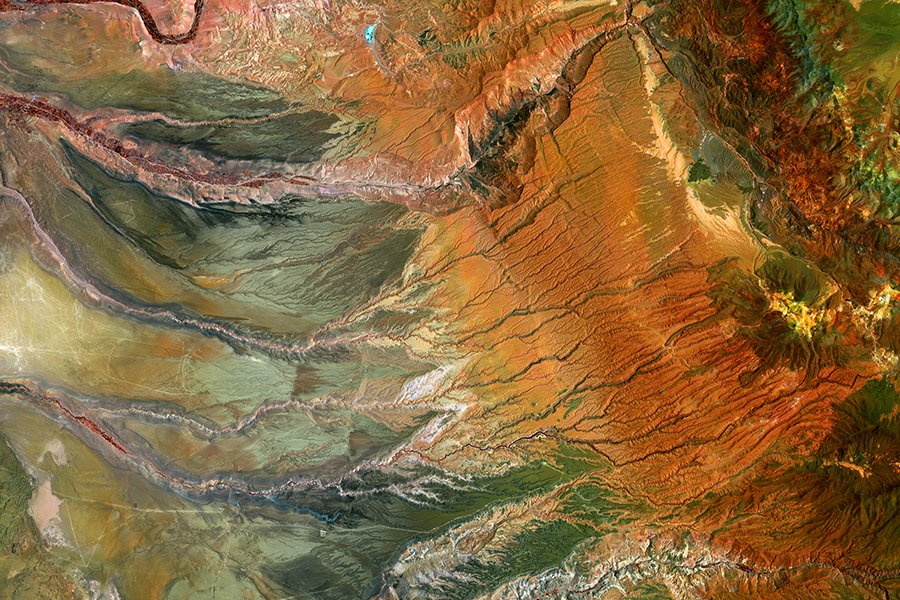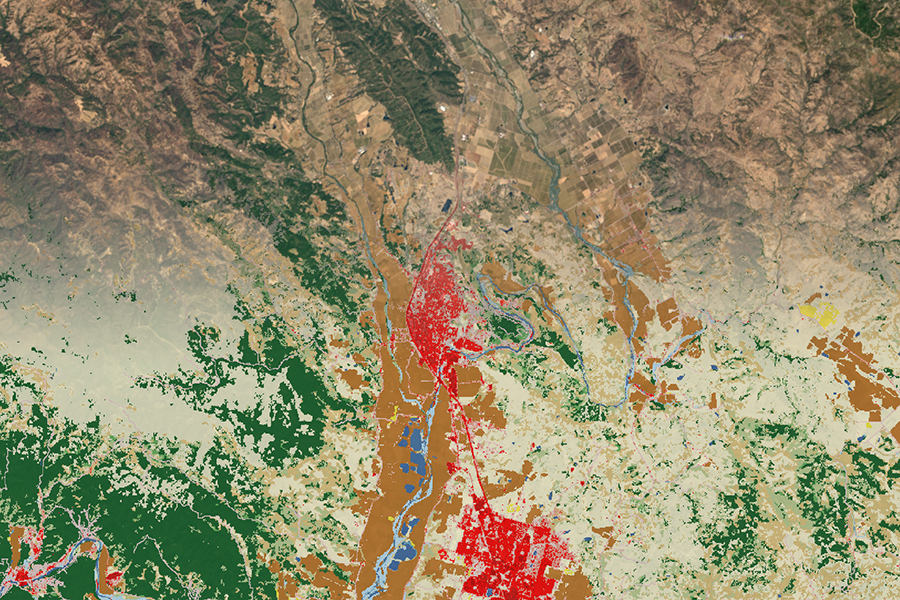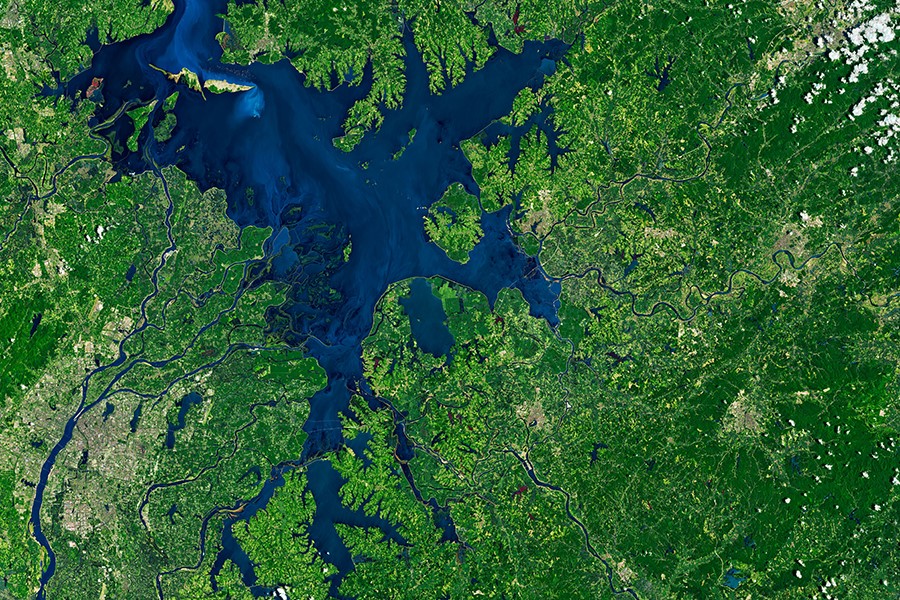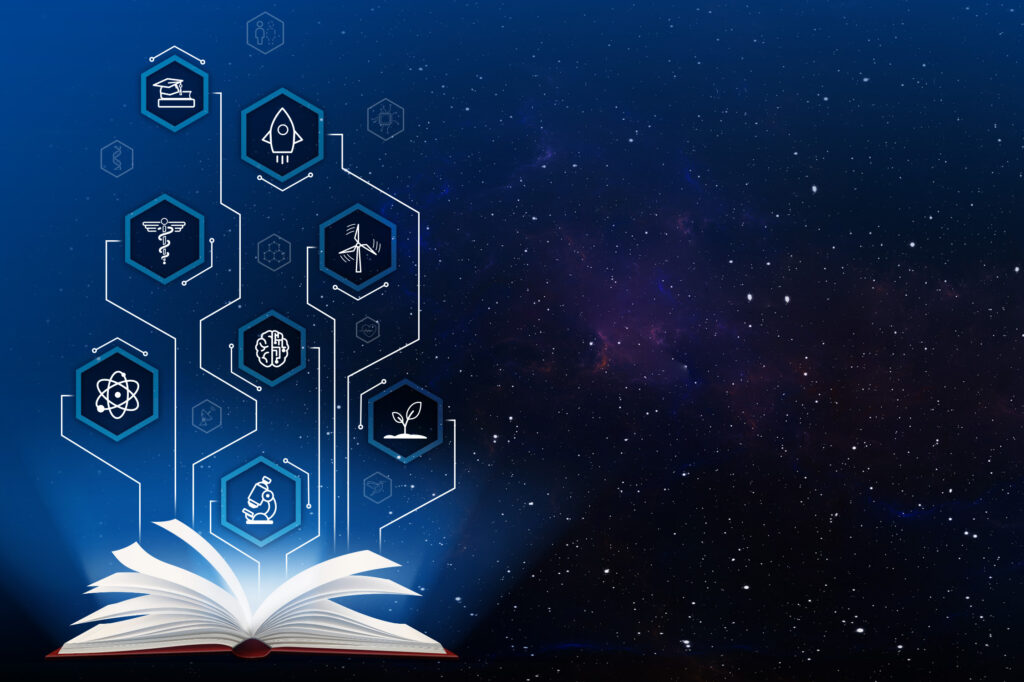The Landsat program consists of a series of Earth-observing satellite missions jointly managed by NASA and the U.S. Geological Survey (USGS). Since 1972, Landsat satellites have continuously acquired images of the Earth’s land surface and provided an uninterrupted data archive to assist land managers, planners, and policymakers in making more informed decisions about natural resources and the environment.
The USGS Earth Resources Observation and Science (EROS) Center was established before the launch of Landsat 1 (formerly ERTS-1) to become the central repository for Landsat imagery. With over five decades in operation, the EROS Center remains the primary steward of Landsat data and continues to process, distribute, and archive data from the mission. Since 2008, when the USGS signed a free and open data policy, Landsat data have become widely accessible and spurred the development of new data products, tools, and applications. To learn more about Landsat data, explore the topics below.
Open science is the growing movement to make scientific research, publications, data, and software accessible to everyone. Although 2023 was declared the Year of Open Science, the opening of the Landsat data archive in 2008 represented a foundational shift in how Earth observation data were accessed and shared.





